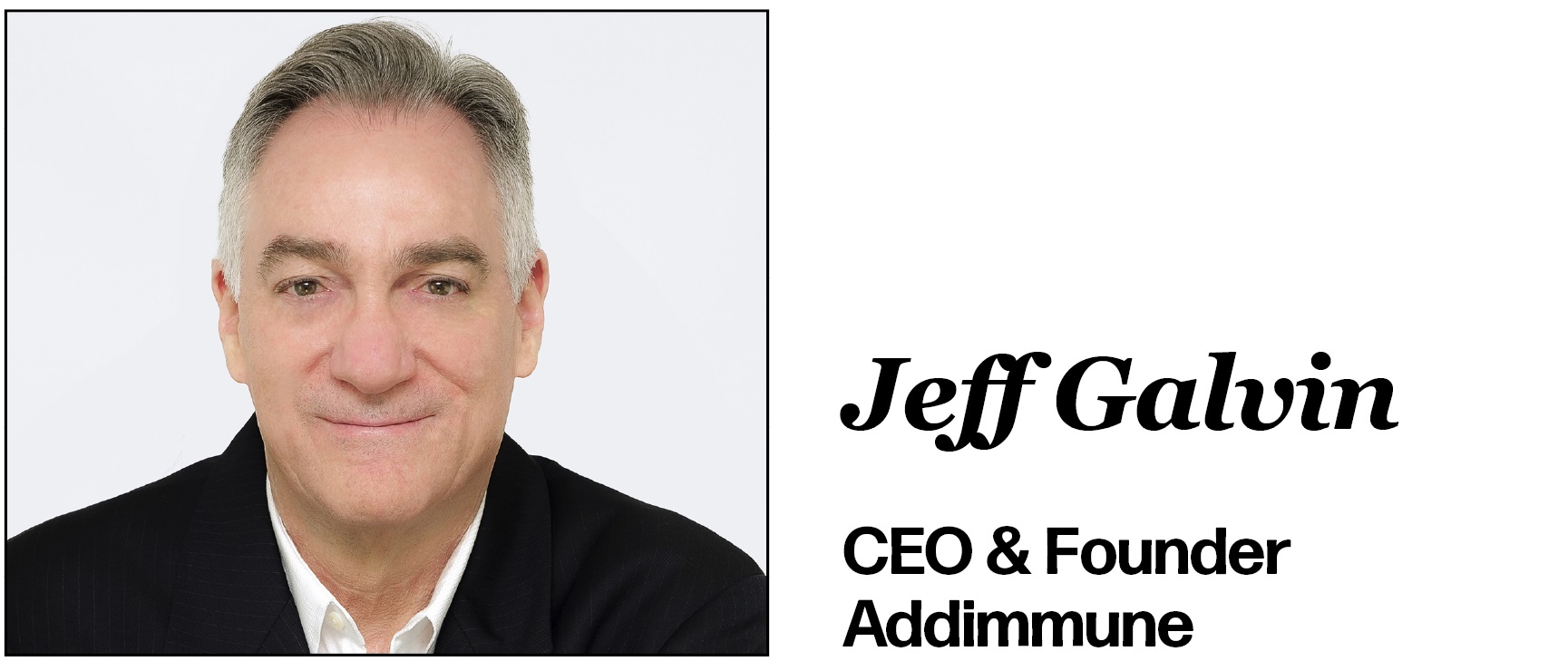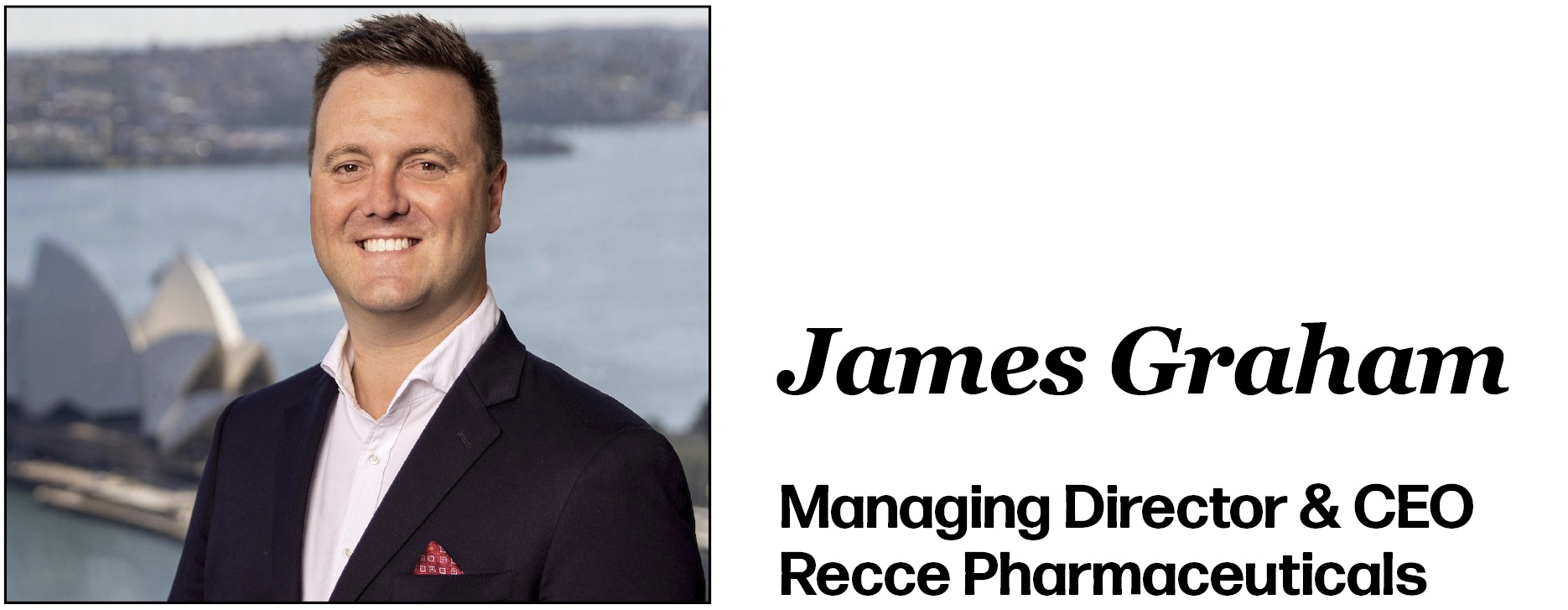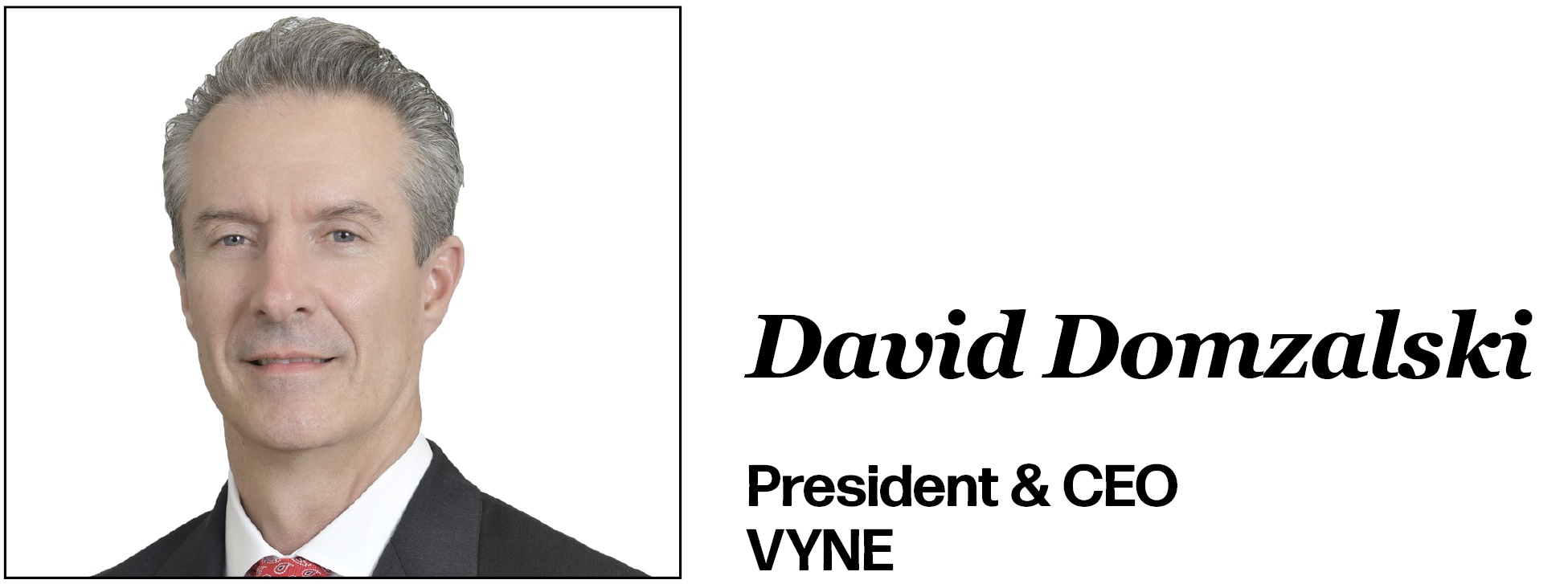How can biotech companies successfully raise funds in an environment where investment in the industry is headed for a third straight year of decline?
At the close of Q3 2023, the SPDR S&P Biotech ETF (XBI), which tracks small and mid-size biotechs, was down 12% compared to the previous year while the S&P 500, an index tracking the stock performance of 500 of the largest companies in the U.S. listed on the stock exchanges, is up 13%, according to Leerink Partners’ “Navigating the Complex Terrain: Healthcare and Biotech Markets in Q3 2023” report.
Furthermore, merger and acquisitions (M&A) in the biotech industry also declined in Q3 2023 after a promising start to the year, according to Evaluate, a Norstella Company.
But that doesn’t mean opportunities for biotech companies to inject some much-needed capital are completely nonexistent. In fact, PM360 conducted email interviews with four biotech executives who recently announced new funding with each turning to different strategies.
Addimmune, which is exploring gene therapy technologies that treat and cure HIV, went the special purpose acquisition company (SPAC) route where a publicly traded company is created for the purpose of acquiring or merging with an existing company.
Araris Biotech, a spin-off company from the Paul Scherrer Institute (PSI) and ETH Zurich that is developing proprietary antibody-drug conjugate (ADC)-linker technology, got funding through a grant.
Recce Pharmaceuticals, which is developing Synthetic Anti-Infectives designed to address the threat of antibiotic-resistant superbugs, raised capital from new and existing investors as well as through an entitlement offer, where existing stockholders can purchase new shares at a set price but the shares are often non-transferable.
VYNE, which is developing treatments for immuno-inflammatory conditions, turned to private investment in public equity (PIPE), where an institutional or an accredited investor can buy stocks directly from a public company at below market price. This method is often quicker than a public offering and has less strict regulations.
Learn more about why each company went with its respective strategy and the current outlook for each company in 2024 and beyond.
 Recent Funding Announcement: In August 2023, American Gene Technologies International Inc. and 10X Capital Venture Acquisition Corp. III (NYSE American: VCXB), a SPAC, entered into a merger agreement that would result in the combined company being renamed Addimmune. The agreement has a pre-money enterprise value of $500 million and the transaction includes an earnout of up to $300 million tied to various clinical and priced-based milestones. The deal is expected to close in 2024.
Recent Funding Announcement: In August 2023, American Gene Technologies International Inc. and 10X Capital Venture Acquisition Corp. III (NYSE American: VCXB), a SPAC, entered into a merger agreement that would result in the combined company being renamed Addimmune. The agreement has a pre-money enterprise value of $500 million and the transaction includes an earnout of up to $300 million tied to various clinical and priced-based milestones. The deal is expected to close in 2024.
What is it about your strategy that’s attracted the interest of investors even in the midst of a challenging capital market?
Addimmune’s strategy is focused on addressing the large unmet medical need for a functional cure for people living with HIV—particularly those currently failing first-line treatment or people who are non-adherent to antiretroviral treatments (ART). An estimated five million people are living with HIV in the U.S. and Europe, 3.8% of them are clinically failing first-line ART, 7.6% are non-adherent for hard-to-address reasons such as mental health, 19% are currently non-adherent to ART, and 70% want longer-acting treatments. We believe cell and gene therapy has the potential to disrupt the soon to be $39.3B global HIV therapy market where payers are currently spending up to $1.7M per patient on life-long standard of care.
From your perspective, what is it that investors are looking for in a company?
Investors vary in their approaches, but typically seek companies with an innovative, scientifically sound story, and a credible mechanism of action (MOA) that are all supported by near-term catalysts. Many investors also prioritize companies with a substantial market opportunity and a unique product, particularly in competitive markets or crowded therapeutic areas.
In Addimmune’s case, investors are drawn by the company’s goal to provide a functional cure for HIV which may have a significant social impact. Engaging with Addimmune goes beyond a financial investment, aligning investors with the cause of combating HIV and bringing a potential end to this 40+ years HIV/AIDS epidemic.
What is your outlook for 2024 and how do you believe companies can effectively differentiate themselves?
In 2024, we will continue to see innovation in the HIV treatment landscape as many companies advance long-acting treatment options. However, the ultimate goal in HIV research is a cure, so we are seeing companies take differentiated approaches towards a functional or sterilizing cure.
Companies can effectively differentiate themselves by demonstrating they have novel mechanisms and clinical programs that are supported by science. This remains a highly data-driven market, so very good quality data is also a key factor.
We plan to continue differentiating ourselves within the HIV market by sharing our innovative cell and gene therapy approach to potentially improving the effect and durability of existing therapies, prevent HIV progression, limit transmissibility, and functionally cure HIV based on clinical data.
How did you approach your need for funding? What different avenues for raising funds did you consider? Why did you settle on your particular strategy in this case?
We view our upcoming SPAC merger as an efficient path to reach public markets in collaboration with a fund that has been a long-term investor in our organization. This path will also allow access to a broader investor base that we hope will believe in our innovative science and goal of liberating people living with HIV from the burden associated with a lifetime of treatments.
What role, if any, do your investors play within your company outside of providing funds?
Addimmune’s investor base is primarily comprised of individual investors. Throughout the company’s history, we have raised over $90 million in funding from family offices and high-net-worth-individual investors. These investors are actively engaged in the HIV community and deeply understand that HIV is still an ongoing epidemic with urgent necessity for a viable cure, therefore they are strong advocates for the advancements of new and promising treatments and cures.
 Recent Funding Announcement: In May 2023, Araris Biotech announced that Innosuisse, the Swiss innovation agency committed to promote science-based innovation in the interest of the economy and society in Switzerland, has supported Araris with CHF 2.5M (~$2.8 million) non-dilutive grant funding through the Swiss Accelerator program for the development and advancement of its ADC candidates.
Recent Funding Announcement: In May 2023, Araris Biotech announced that Innosuisse, the Swiss innovation agency committed to promote science-based innovation in the interest of the economy and society in Switzerland, has supported Araris with CHF 2.5M (~$2.8 million) non-dilutive grant funding through the Swiss Accelerator program for the development and advancement of its ADC candidates.
What is it about your strategy that’s attracted the interest of investors even in the midst of a challenging capital market?
We’ve been able to demonstrate some very compelling preclinical data, which validates our differentiated ADC linker-payload technology platform. Particularly striking is the consistent improvement we have seen in efficacy and tolerability head-to-head of ADCs assembled with our linker technology versus FDA-approved ADCs. In addition, the efficiency and simplicity of how the ADCs are assembled is unparalleled in terms of chemical versatility and flexibility. We believe these are all qualities investors look for when determining where to allocate capital, even in a challenging market.
In addition to building an exciting pipeline of solid tumor targeted ADCs with our ready-to-use linker-payload platforms, we’re also focused on fostering strategic partnerships with large pharma companies to further validate our technology and help them build next-generation ADCs to address important unmet medical needs. We think there’s a lot of potential for different applications of our platform, even beyond oncology indications, and that can be very attractive to investors.
From your perspective, what is it that investors are looking for in a company?
Investors seek a combination of a long-term business strategy and strong scientific data. They are looking for a compelling scientific rationale behind a company’s pipeline or technology with a well thought out development plan. Investors are interested in companies that are targeting unmet medical needs with high market potential. They also look for strong and experienced management teams with a clear understanding of the regulatory pathway. Financial prudence is equally important, as investors want to see that their capital is managed efficiently and that the company has a clear plan as they advance through the drug development process.
What is your outlook for 2024, and how do you believe companies can effectively differentiate themselves?
Our outlook for 2024 is driven by a commitment to advancing our ADC candidates toward the clinic to benefit patients in need of new treatment options. We also hope to potentially forge new strategic partnerships with pharmaceutical companies, working together to develop next-generation ADCs using our linker technology platform. Companies can effectively differentiate themselves by maintaining a strong focus on providing data to support their technology. Demonstrating robust data, innovative research, and a deep understanding of the disease the company is targeting can set them apart. Collaboration and networking within the academic and industry communities are also essential to establish credibility.
How did you approach your need for funding? What different avenues for raising funds did you consider? Why did you settle on your particular strategy in this case?
While we’ve primarily secured funding through venture capital investments over the past few years, we were interested in pursuing grant funding earlier this year from Innosuisse, a Swiss innovation agency, as they are committed to promoting science-based innovation to support the economy and society in Switzerland. As a Swiss-based biotech company, we’re proud to use this non-dilutive grant funding to continue developing and advancing our ADC candidates and support the Swiss biotech ecosystem.
What role, if any, do your investors play within your company outside of providing funds?
Several of our investors play an active role in our company’s development. Partners at both 4BIO Capital and Pureos Bioventures, who led our last financing round, sit on our Board of Directors. They bring valuable industry knowledge, experience, and connections that have helped us as we continue to advance our technology and the development of our ADC candidates. We have a shared strategic vision to deploy our funds in a way that effectively helps Araris grow and succeed.
 Recent Funding Announcement: In September 2023, Recce Pharmaceuticals announced a capital raise of up to approximately $11 million. The company received binding commitments from new and existing institutional investors to subscribe for 18,181,819 new shares in Recce to raise approximately $8 million before costs. Additionally, the company raised another $3 million in an entitlement offer to eligible shareholders.
Recent Funding Announcement: In September 2023, Recce Pharmaceuticals announced a capital raise of up to approximately $11 million. The company received binding commitments from new and existing institutional investors to subscribe for 18,181,819 new shares in Recce to raise approximately $8 million before costs. Additionally, the company raised another $3 million in an entitlement offer to eligible shareholders.
What is it about your strategy that’s attracted the interest of investors even in the midst of a challenging capital market?
We believe our unique approach to combating antibiotic-resistant infections, sepsis, diabetic foot, urinary tract, and burn wound infections attracted investors. Our stakeholders recognize the growing global health threat posed by antimicrobial resistance (AMR), which underlies all our clinical indications, and our approach to addressing this issue has been a key driver of interest. Our lead anti-infective candidate, RECCE® 327 (R327), has shown promising results in preclinical and human clinical trials, representing a potential breakthrough in the fight against superbugs, which are becoming increasingly resistant to existing antibiotics. Investors are drawn to our portfolio approach, as it aligns with the urgent need for new solutions in healthcare.
From your perspective, what is it that investors are looking for in a company?
Investors typically look for several key factors when considering a biotech company, including uniqueness of the science, market potential, timely clinical progress, strong management team, risk mitigation, and financial health. Developing innovative technologies with significant growth opportunities targeting unmet needs ensures a sizable patient population that could benefit from a company’s pipeline. Investors closely monitor clinical progress for positive results, efficient trial management, and adherence to regulatory timelines. Other key factors include a diversified pipeline, strong intellectual property protection, and a clear regulatory pathway that will reduce perceived risk and make a company more appealing to investors.
What is your outlook for 2024, and how do you believe companies can effectively differentiate themselves?
Next year, we anticipate advancing R327 through multiple clinical trials to further showcase its safety and efficacy and enter further collaborations and partnerships to accelerate development. Biotech companies must effectively differentiate themselves and improve credibility among investors, healthcare professionals, and patients by having clear milestones and inflection points to provide transparent and robust data from clinical trials. This also aligns with adhering to a patient-centric approach by involving patients in the drug development process and addressing unmet medical needs that matter to them. Additionally, partnering with industry leaders or research institutions can provide access to resources, expertise, and validation that can set a company apart and expedite the commercialization process.
How did you approach your need for funding? What different avenues for raising funds did you consider? Why did you settle on your particular strategy in this case?
Engaging with current, long-term, loyal shareholders was one of our methods, given their support for developing synthetic anti-infectives. We were supported by the global venture capital firm Fidelity, who became a substantial shareholder of our company, as they were attracted to the potential of our lead candidate, R327, to make an impact on the urgent global health threat posed by AMR. Lastly, our efforts were supported by providing real-life examples of R327 working in multiple subjects as a topical agent through the TGA Special Access Scheme – Category A. These approaches helped in securing the $11M capital raise in September. The company’s cash runway is also well-supported by the Australian Government through a 43.5% R&D Tax Incentive applicable to both domestic and overseas R&D expenditure.
What role, if any, do your investors play within your company outside of providing funds?
Our investors play an essential role in shaping our company, beyond providing funds. Many of our investors utilize their experience and industry connections to assist with the formation of our strategy, providing guidance on clinical development, and navigating regulatory challenges. Their oversight and involvement ensure alignment with our goals and provide accountability for achieving them.
 Recent Funding Announcement: In October 2023, VYNE announced the company signed a securities purchase agreement with certain healthcare-focused institutional investors for a private placement financing (the “PIPE”) that resulted in gross proceeds of $88 million. The PIPE was led by Access Biotechnology, with participation from Eventide Asset Management, Cormorant Asset Management, Acorn Bioventures, Parkman Healthcare Partners, Surveyor Capital (a Citadel company), Soleus Capital, Palo Alto Investors LP, and other undisclosed investors.
Recent Funding Announcement: In October 2023, VYNE announced the company signed a securities purchase agreement with certain healthcare-focused institutional investors for a private placement financing (the “PIPE”) that resulted in gross proceeds of $88 million. The PIPE was led by Access Biotechnology, with participation from Eventide Asset Management, Cormorant Asset Management, Acorn Bioventures, Parkman Healthcare Partners, Surveyor Capital (a Citadel company), Soleus Capital, Palo Alto Investors LP, and other undisclosed investors.
What is it about your strategy that’s attracted the interest of investors even in the midst of a challenging capital market?
At VYNE, we’re focused on developing therapies from our novel InhiBETTM BET inhibitor platform for the treatment of immuno-inflammatory conditions. BET inhibitors have historically been developed as epigenetic anticancer therapies, but we are doing some of the first formative work in autoimmune disease. By learning from the challenges seen in the oncology space and leveraging our drug development expertise, we have been able to establish proof-of-concept for our locally administered BET inhibitor, VYN201, for the treatment of vitiligo. We believe this is the first clinical demonstration of a BET inhibitor’s effect in autoimmune disease. Additionally, we’re also currently progressing our oral BET inhibitor, VYN202, toward proof-of-concept trials.
From a capital markets perspective, we have been very disciplined in managing our resources and have been focused on bringing compelling data to the markets as part of any capital raise with the goal of avoiding the potentially value-destructive financing structures we have seen in the market as of late. In speaking with investors, we think they recognized our innovative science and disciplined approach, which led to our recently announced successful capital raise alongside positive clinical and preclinical data from our platform.
From your perspective, what is it that investors are looking for in a company?
Investors continue to be extremely diligent in evaluating investment opportunities. They are looking for companies with strong management teams, good data, and innovative therapies that can provide for a density of potentially value-creating milestones.
What is your outlook for 2024 and how do you believe companies can effectively differentiate themselves?
While the macro environment will always affect how we operate, we believe innovation will continue to be rewarded over time. Having a sound and agile strategy is critical, however operational execution is paramount. We are in the business of developing new therapies to help patients, and we want to ensure the highest probability of success for our programs. For VYNE, that includes being granularly focused on everything from the manufacturing of our drug product to the designs of our clinical trials relative to potential competitors.
How did you approach your need for funding? What different avenues for raising funds did you consider? Why did you settle on your particular strategy in this case?
For early-stage companies such as VYNE, it’s often difficult to compete for investor mindshare, particularly with challenging markets as a backdrop. We took an organic approach to raising investor awareness of VYNE heading into our data readout, personally contacting a comprehensive group of fundamental healthcare funds providing them with routine updates on our progress. Once clinical data was available and with lines of communication already in place, it was a natural transition to have more robust discussions with these investors regarding a capital raise timed concurrently with the release of our positive data.
What role, if any, do your investors play within your company outside of providing funds?
Our new investors include premier fundamental healthcare funds that take a long-term investment view. We expect to continue to have effective lines of communication with them and all our shareholders, including regularly updating them on our progress as we execute our strategy of delivering on the potentially key value-creating milestones that we outlined at our recent R&D Day event.









